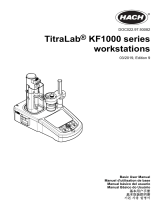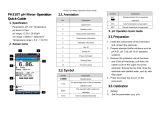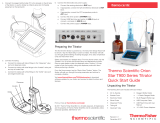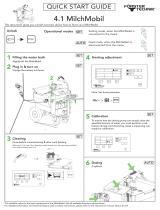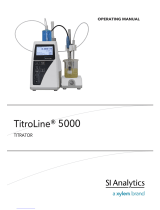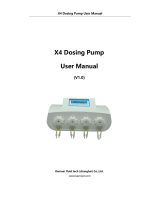
2
Dear Customer,
Thank you for choosing a Hanna Instruments product.
Please read this instruction manual carefully before using this instrument. This manual will
provide you with the necessary information for correct use of this instrument, as well as a precise
idea of its versatility.
If you need additional technical information, do not hesitate to e-mail us at
[email protected]or view our worldwide contact list at www.hannainst.com.
All rights are reserved. Reproduction in whole or in part is prohibited without the written consent
of the copyright owner, Hanna Instruments Inc., Woonsocket, Rhode Island, 02895, USA.
TABLE OF CONTENTS
PRELIMINARY EXAMINATION................................................................................................. 3
GENERAL DESCRIPTION ........................................................................................................ 4
SPECIFICATIONS ................................................................................................................... 6
PRINCIPLE OF OPERATION .................................................................................................... 7
FUNCTIONAL DESCRIPTION................................................................................................... 8
TITRATOR STARTUP ........................................................................................................... 10
SETUP MENU .................................................................................................................... 11
GUIDE TO DISPLAY CODES ................................................................................................... 15
ELECTRODE PREPARATION .................................................................................................. 18
ELECTRODE CALIBRATION PROCEDURE ................................................................................. 19
pH BUFFER TEMPERATURE DEPENDENCE............................................................................ 23
DOSING PUMP INSTALLATION ............................................................................................. 24
DOSING PUMP PRIME PROCEDURE ..................................................................................... 24
PUMP CALIBRATION PROCEDURE ........................................................................................ 26
TITRATION PROCEDURE ..................................................................................................... 28
pH MEASUREMENT ............................................................................................................ 33
PC INTERFACE AND DATA TRANSFER ................................................................................... 37
TROUBLESHOOTING GUIDE ................................................................................................ 38
ELECTRODE CONDITIONING AND MAINTENANCE .................................................................. 40
ACCESSORIES ..................................................................................................................... 42
WARRANTY........................................................................................................................ 43




















